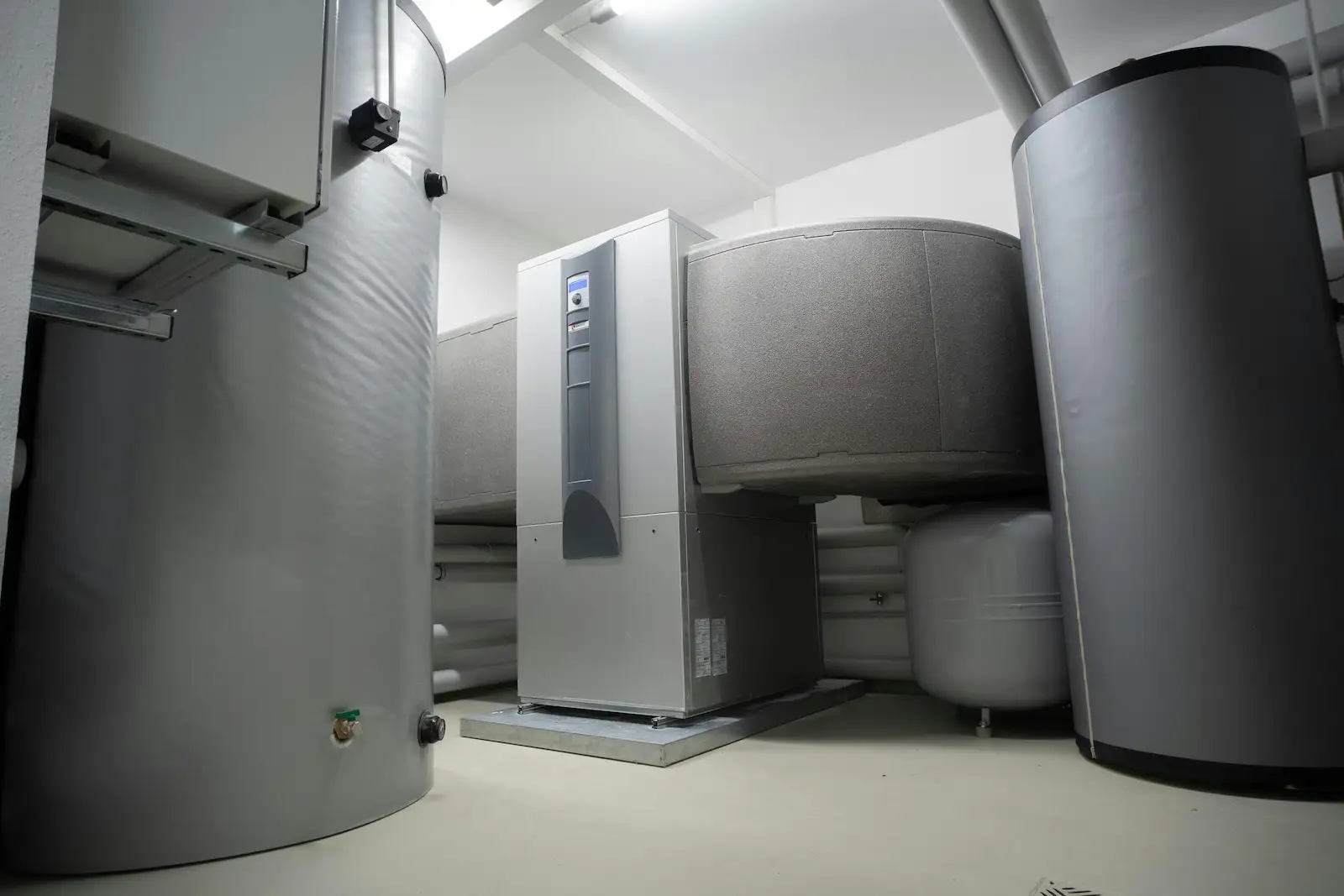Introduction to Heat Pumps
For those new to the concept, heat pumps are an innovative solution for home heating and cooling. They operate by transferring heat, rather than generating it directly. This can improve energy efficiency and reduce utility bills. Heat pumps extract heat from one place and release it in another, making them versatile systems for maintaining comfortable indoor temperatures year-round. As a low-carbon technology, they offer a sustainable alternative to traditional fossil-fuel-based heating systems.
The Basic Principles of Heat Transfer
Heat pumps function on the basic scientific principle of heat transfer. They absorb heat from a cooler space and release it to a warmer one. During winter, a heat pump extracts heat from outdoor air, water, or the ground and brings it indoors. Conversely, in summer, it reverses the process, removing heat from your home and dispersing it outside. This method relies on a refrigerant to facilitate the heat exchange, flowing through a cycle of evaporation and condensation.
Key Components of a Heat Pump System
The main components of a heat pump system include the indoor unit, outdoor unit, refrigerant, compressor, and expansion valve. The outdoor unit absorbs or expels heat using the refrigerant, while the compressor circulates this refrigerant between the indoor and outdoor units. The expansion valve manages refrigerant flow, ensuring the system operates efficiently. Collectively, these components collaborate to regulate your home’s temperature effectively.
Benefits of Using Heat Pumps
Opting for a heat pump offers numerous advantages. Predominantly, their high energy efficiency can lead to significant cost savings. Heat pumps typically deliver more heating and cooling output than the energy they consume. Additionally, they contribute to environmental conservation by reducing greenhouse gas emissions. Their dual functionality—providing both heating and cooling—eliminates the need for separate HVAC systems. Moreover, modern heat pumps run quietly and consistently, enhancing comfort without disruption.
Considerations for Installation
Before installing a heat pump, several factors must be considered. The initial installation cost can be higher than conventional systems, though this may be offset by long-term savings on energy bills. Professional installation is crucial to ensure optimal performance and efficiency. It’s also essential to choose the right type and size of heat pump according to your specific climate and home requirements. Regular maintenance is necessary to sustain efficiency, including periodic checks and refrigerant top-ups. Homeowners should also assess local energy incentives or rebates, which may alleviate some upfront costs.
Incorporating a heat pump system in your home is a forward-thinking decision that combines efficiency, cost-effectiveness, and environmental responsibility, making it an excellent option for those new to this technology.
